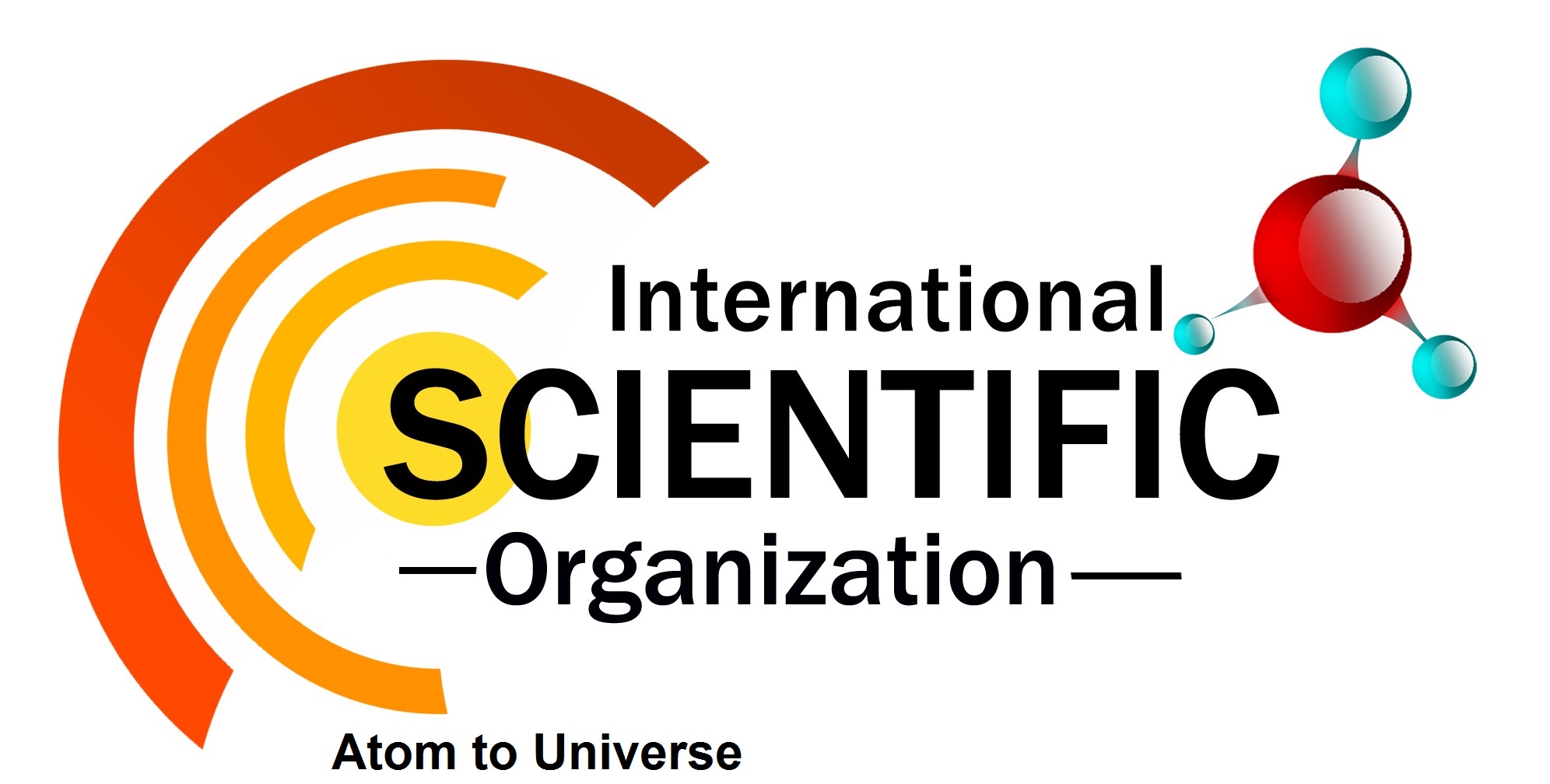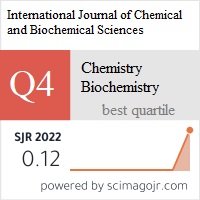International Journal of Chemical and Biochemical Sciences (ISSN 2226-9614)[/vc_column_text][/vc_column][/vc_row]
VOLUME 25(19) (2024)
Phytochemical Composition of Rosa Gallica and Prospects of Its Use
Olga Babich a, Anastasia Zhikhreva а, Yulia Kulikova а
а REC “Applied Biotechnologies”, Immanuel Kant Baltic Federal University, A. Nevskogo Street 14, Kaliningrad, 236016, Russia.
Abstract
Natural bioactive compounds have recently become a popular trend in the pharmaceutical, cosmetic, food, and nutraceutical industries due to their beneficial effects on human health. Rosa gallica is a rose species widely used in medicine and cosmetics. It exhibits antioxidant, anti-inflammatory and antibacterial activities. The study of R. gallica hydrolates – water-soluble, biologically active components that remain in distilled water – appears to be promising. The component composition and properties of the obtained samples of R. gallica hydrolate were investigated. Antimicrobial, bifidogenic, and antioxidant activities of R. gallica hydrolates were determined. It was found that the samples of R. gallica hydrolate contained the highest amount of gallic acid, ellagic acid and the lowest amount of astragalin. It was shown that samples of R. gallica hydrolate exhibited enhanced antimicrobial activity against C. parapsilosis (inhibition zone was 6.9±2.1 mm) and against E. coli (inhibition zone was 7.4±2.2 mm). The results indicate that the obtained samples of R. gallica hydrolatum did not have pronounced bifidogenic activity against the test strain B. adolescentis; however, they had bifidogenic activity against the test strain L. casei. The results revealed that R. gallica hydrolate samples had significant antioxidant activity in terms of DPPH, ABTS, and FRAP (831.67 mg TE g-1, 1825.28 mg TE g-1, and 71.69 mg TE g-1, respectively). It has been demonstrated that the use of hydrolates of plants containing essential oils enables the development of a new line of confectionery products with natural flavors, antioxidants, increased nutritional and biological value, and unique organoleptic properties.
Keywords: Rosa gallica; hydrolates; biologically active substances; antimicrobial, bifidogenic, antioxidant activity; rose water
Full length article – PDF *Corresponding Author, e-mail: olich.43@mail.ru Doi # https://doi.org/10.62877/128-IJCBS-24-25-19-128
International Scientific Organization- Atom to Universe
Journals
- International Scientific Organization
- International Journal of Chemical and Biochemical Sciences (IJCBS)
- Volume 27 (2025)
- Volume 26 (2024)
- Volume 25 (2024)
- Volume 24 (2023)
- Volume 23 (2023)
- Volume 22 (2022)
- Volume 21 (2022)
- Volume 20 (2021)
- Volume 19 (2021)
- Volume 18 (2020)
- Volume 17 (2020)
- Volume 16 (2019)
- Volume 15 (2019)
- Volume 10 (2016)
- Volume 14 (2018)
- Volume 13 (2018)
- Volume 12 (2017)
- Volume 11 (2017)
- Volume 9 (2016)
- Volume 8 (2015)
- Volume 7 (2015)
- Volume 6 (2014)
- Volume 5 (2014)
- Volume 4 (2013)
- Volume 3 (2013)
- Volume 2 (2012)
- Volume 1 (2012)
- Store
- Cart
- Account


